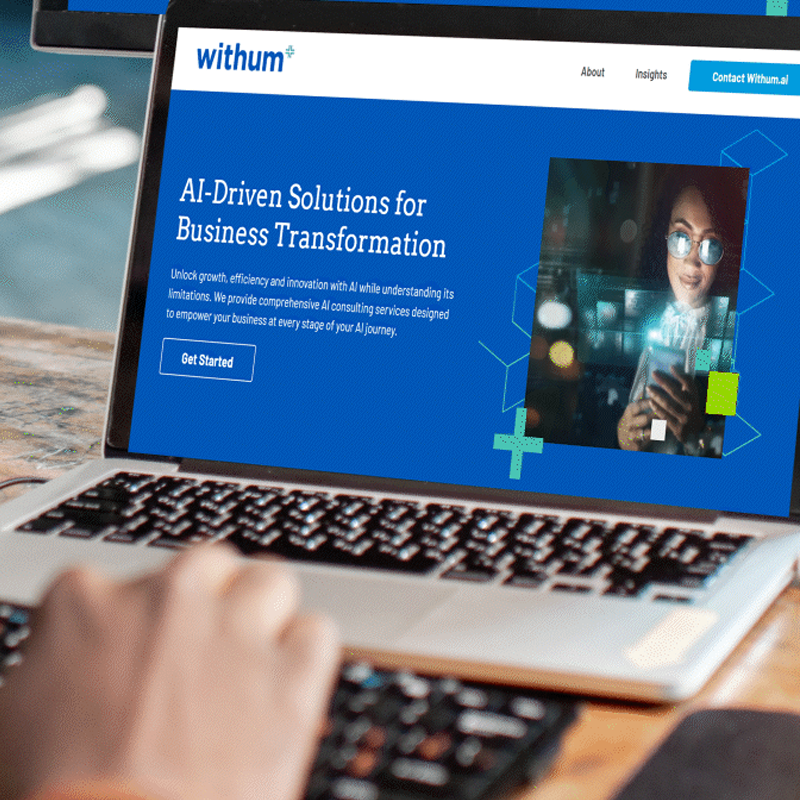In today’s software-driven economy, speed is currency. Products that go live faster and get to market first, capture user attention and iterate ahead of competitors. But speed without quality is a trap: rushed releases can break core functionality, frustrate users and erode trust.
So how do leading software teams deliver both speed and quality?
The answer lies in intelligent, adaptive and insight-driven quality assurance (QA), a modern approach that uses automation, analytics and smarter processes to ensure software excellence at velocity.
In this blog, we’ll explore:
- How intelligent QA software testing works
- Its business value
- How it’s implemented technically
- Why now is the right time to evolve beyond traditional testing methods
The Challenge: Balancing Speed and Quality
Development cycles today have changed:
- Teams release features every week (or even daily)
- Customers expect frequent updates with zero downtime
- Bugs in production cost more than ever – both in revenue and reputation
Traditional QA practices slow down releases and often miss edge cases that evolve with changing code.
So, what is the solution? QA needs to shift from reactive, manual-heavy testing to proactive, scalable and intelligent testing.
What Is Intelligent QA Software Testing?
Intelligent QA is a testing approach that goes beyond traditional automation. It leverages:
- Smarter test prioritization based on historical bugs, user behavior and risk
- Self-healing test automation that adapts to app changes
- Real-time insights into test coverage, quality trends and risk areas

- Continuous integration/continuous delivery (CI/CD) integration so testing is continuous, not siloed
It’s about testing the right things, at the right time in the right way, without slowing down delivery.
Why Intelligent QA Matters to Decision Makers
- Accelerated Time-to-Market: With intelligent QA, regression testing is faster, tests auto-trigger on every commit and teams can deploy confidently, even multiple times a day.
- Risk-Based Focus: Not every feature needs the same depth of testing. QA teams can prioritize high-impact or historically buggy areas while minimizing time spent on low-risk components.
- Smarter Visibility: Modern QA dashboards provide leadership with clear, real-time insights:
- What’s covered
- What’s broken
- What’s ready to ship
No more guessing. You can make data-driven go/no-go decisions.
- Cost Efficiency: Fewer production bugs mean less rework, fewer escalations and smoother releases, leading to significant cost savings.
The Technical Backbone of Smarter QA
- Self-Healing Automation: Modern tools can detect UI changes and update element locators automatically, avoiding false failures and brittle test scripts. Tools include: Selenium (with AI layers), Testim, Katalon and others.
- Predictive Test Selection: Based on commit history and impact analysis, intelligent systems suggest which tests to run, cutting test suite runtime from hours to minutes.
- Test Case Generation Using Real Usage: User interaction logs help generate test cases that reflect real user journeys, covering more relevant scenarios and reducing human bias.
- Continuous Testing in CI/CD: Testing is seamlessly integrated into development pipelines. Each push triggers automated quality assurance tests, delivering instant feedback and keeping quality in sync with speed. Tooling: Jenkins, GitHub Actions, CircleCI, Azure DevOps
- Exploratory and Visual Testing: Modern QA uses session recording, screenshot comparison and anomaly detection to identify issues that scripted tests often miss.
AI Solutions for Your Business
Explore withum.ai, your go-to resource for AI strategy, implementation and responsible adoption. Find practical insights and expert guidance to help your business effectively navigate the AI landscape.
Real-World Example: Smarter QA During a Critical Financial Release – Powered by AI
In a recent release cycle for a financial reporting platform, our QA team faced a high-pressure, high-risk situation.
The Challenge
During the final sprint, we had only two shared environments available, used simultaneously by developers and QA testers. Frequent and overlapping deployments created instability and features that had previously passed began to fail unexpectedly.
We had to validate several complex, business-critical scenarios, including:
- A warning modal logic that should appear under specific user actions after approval
- Changes to conditional question flows in dynamic input forms, based on user selections
- A data continuity scenario, where values from a previous reporting cycle needed to persist and behave consistently across configurations
- Generating diverse test data for complex financial calculations, traditionally a time-consuming manual effort.
- Pinpointing root causes for intermittent performance degradation that were difficult to reproduce manually.
Our AI-Augmented QA Strategy
To meet the challenge, we infused our QA process with AI-driven tools and techniques:
- AI-Powered Risk-Based Testing: We used historical defect data and commit history to prioritize test cases.
- Predictive Test Selection: AI tools analyzed code changes and usage patterns to select only the most relevant tests, cutting test execution time by over 60%.
- Self-Healing Automation: As UI elements evolved during rapid deployments, AI-enabled test scripts adapted automatically
- Real-Time QA Dashboards: AI-generated dashboards provide live insights helping stakeholders make informed go/no-go decisions.
- AI-Augmented Collaboration: AI summarized test failures and logs accelerated triage and resolution.
- AI-Driven Test Data Generation: For complex financial calculations, AI was leveraged to automatically generate a wide variety of realistic and edge-case test data sets, significantly reducing manual effort and improving test coverage.
The Outcome
- We completed a full round of regression testing within the same environment window.
- AI flagged a logic flaw in the approval workflow that manual testing had missed.
- The release went live with zero critical defects, and post-release audits confirmed data integrity across all financial reports.
- The test data generation time was reduced by 70%, allowing testers to focus on scenario validation rather than data creation.
Closing Thoughts
Intelligent QA is more than automation. It’s a strategic evolution in how teams deliver software.
Intelligent QA software testing enables:
- From reactive to predictive
- From repetitive to automated
- From uncertain to data-driven
As delivery cycles shorten and applications grow in complexity, the teams who will thrive are those who embed quality into speed, without trading one for the other.
Whether you’re a product owner, QA lead or engineering manager, ask yourself:Is our testing strategy smart enough for the pace we’re moving at?If not, it’s time to evolve.
Authors: Basavaraj Mulagund | [email protected] and Shalini Govindarajulu | [email protected]
Contact Us
Don’t let outdated testing slow your releases or compromise quality. Embrace intelligent, AI-driven QA and deliver software that’s faster, smarter and more reliable. Contact our AI Services Team today to learn more and get started.





